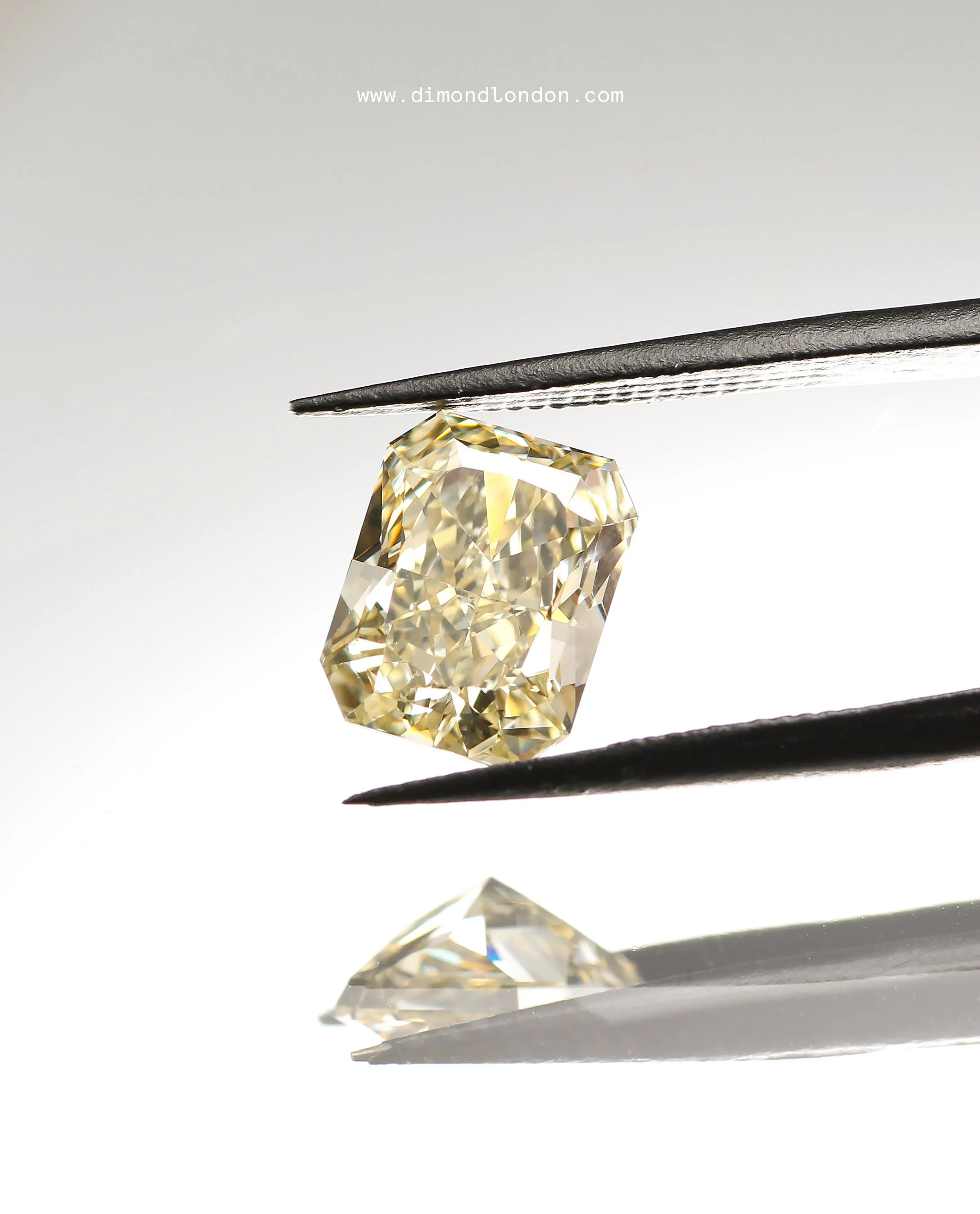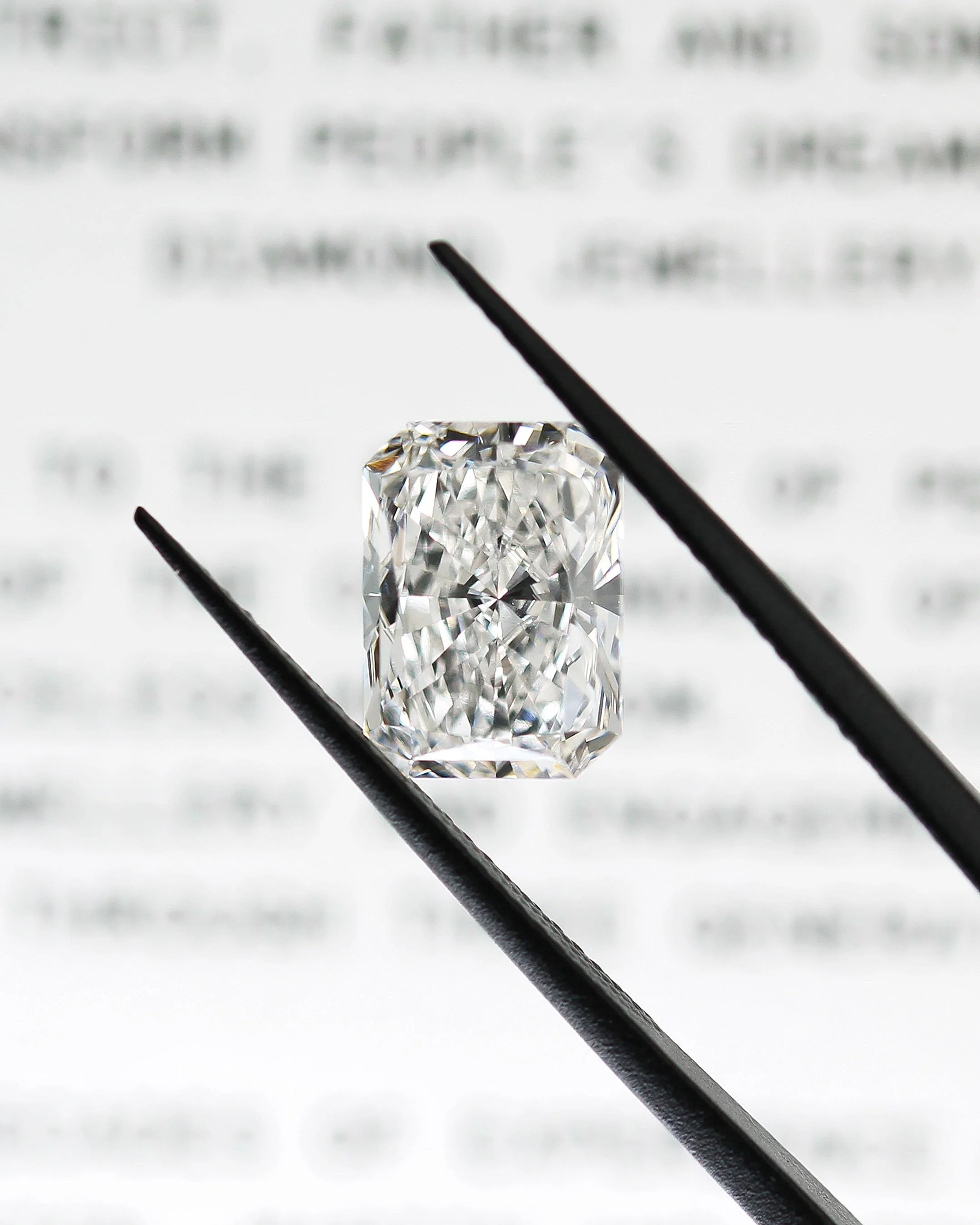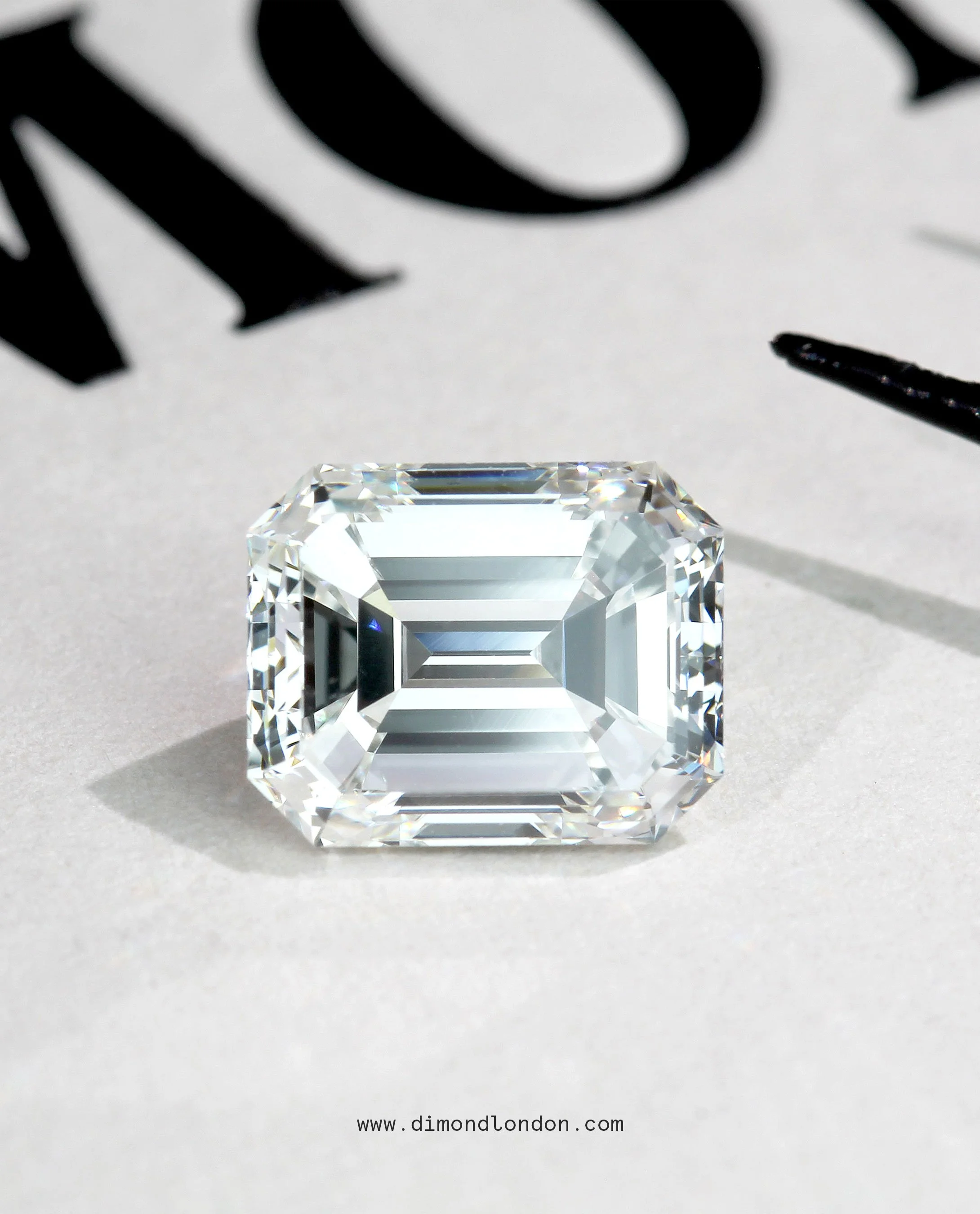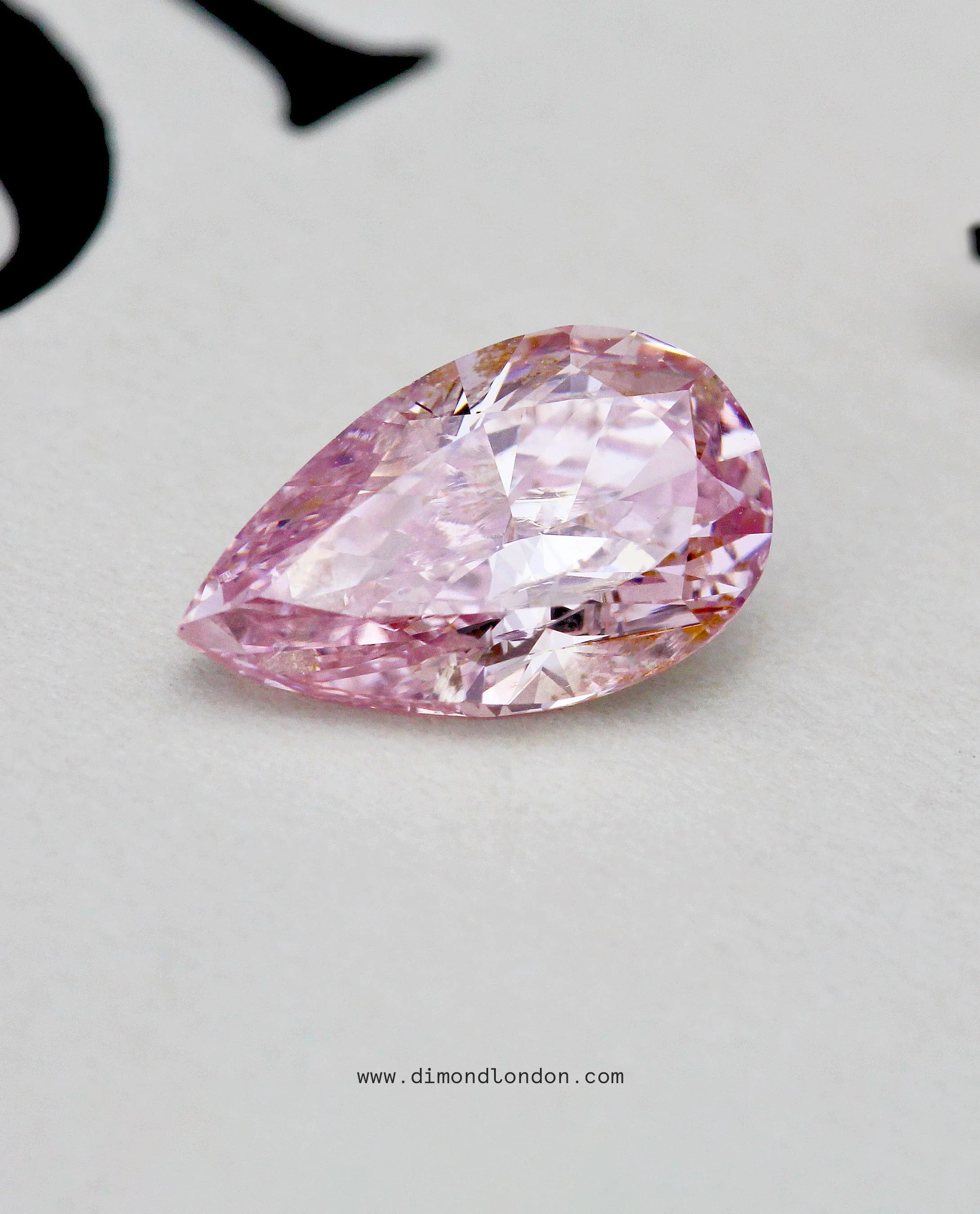THE BIRTHSTONE OF APRIL: DIAMOND
April-born individuals are lucky to have the diamond as their birthstone, and for more than sixty years, we've been working with this precious gemstone, making it our bread and butter. Diamonds have captivated us, inspiring us to continue our journey in Hatton Garden for many more years and generations to come.
What is a diamond?
A diamond is a precious gemstone famous for its sparkle and durability. It's made entirely of carbon atoms arranged in a crystal pattern, which gives it the distinction of being the toughest natural material we know. Diamonds take shape deep within the Earth's mantle, where they form over countless years under intense heat and pressure. People treasure them for their rarity and beauty, often using them in jewellery like engagement rings, necklaces, and earrings. Diamonds represent purity, resilience, and love, making them a popular choice for marking important moments and occasions.
Where are diamonds found?
Diamonds were initially mined in ancient India, with the Golconda region being the earliest known site dating back to at least the 4th century BC. Golconda produced famous diamonds like the Koh-i-Noor and the Hope Diamond. Despite India's historical significance, the global diamond trade shifted with discoveries in Brazil in the 18th century and South Africa in the 19th century.
Today, diamonds are mined across the globe, each region contributing to the world's supply in its own way. South Africa has a storied history in diamond production, with kimberlite pipes and alluvial deposits. Botswana has some of the world's largest diamond mines, notably in Orapa and Jwaneng.
Despite challenges, the Democratic Republic of the Congo (DRC) holds valuable alluvial diamond reserves. Angola stands out for its diamond mines, particularly in the Lunda Norte province, while Namibia specialises in marine diamond mining along its coastline.
Russia plays a significant role in diamond production, with key mines like Mir and Udachnaya in the Sakha Republic (Yakutia).
Diamond mines in Canada are primarily located in the Northwest Territories. Some of the diamond mines in this region include the very remote Diavik and Ekati mines.
Australia, with its focus on kimberlite and lamproite deposits, housed the renowned Argyle mine until its recent closure in 2020.
Other countries such as Brazil, Venezuela, and Zimbabwe also participate in the diamond trade, collectively meeting global demand.
History of diamonds
Dating back to ancient times, diamonds have held cultural significance. They were admired by civilisations across the globe, often associated with gods and power.
In ancient India, diamonds were believed to be tears of the gods or splinters from falling stars. The earliest known reference to diamonds dates back to the 4th century BC.
Historically, diamonds were traded along ancient routes connecting India to the rest of the world. The diamond trade flourished, leading to the establishment of prominent diamond markets in cities like Antwerp.
Popular cuts and shapes of diamonds
Popular cuts and shapes of diamonds include the classic round brilliant, as well as fancy shapes like princess, emerald, and pear cuts, among others. Each cut has its unique appeal and can accentuate different aspects of the diamond's sparkle. With our six decades of experience in the industry, we have worked with every diamond shape possible and have created an ultimate guide to diamond shapes to educate you on your selection.
Clarity and colour of diamonds
The value of a diamond is influenced by factors such as clarity, colour, cut, and carat weight. Diamonds with minimal inclusions and a colourless appearance are considered the most valuable. To help our clients make informed decisions, we’ve put together a comprehensive guide on the 4 C's of diamonds, covering each of these important factors.
Fancy coloured diamonds
These diamonds display intense colours such as pink, yellow, green, or red due to the presence of trace elements or structural defects during their formation.
Yellow and pink diamonds are among the most sought-after coloured diamonds. Yellow diamonds, often referred to as ‘canary diamonds’, have a warm, sunny hue that ranges from subtle lemon tones to deep, intense shades of gold. Pink diamonds are celebrated for their delicate and romantic blush, ranging from soft pastels to vivid, saturated pinks.
The rarest colour of diamond is widely considered to be red. Red diamonds are incredibly rare, with only a handful known to exist worldwide. These diamonds get their unique colour from rare occurrences of crystal lattice defects during their formation, resulting in the absorption of light that gives them their striking red hue. Due to their extreme rarity, red diamonds fetch sky-high prices whenever they show up in the market.
We are dedicated to sourcing the perfect diamond for our clients, leaving no stone unturned. With a passion for gemstones that runs across three generations, we strive to provide unmatched expertise and guidance to our clients, ensuring they make informed decisions about their purchases.






